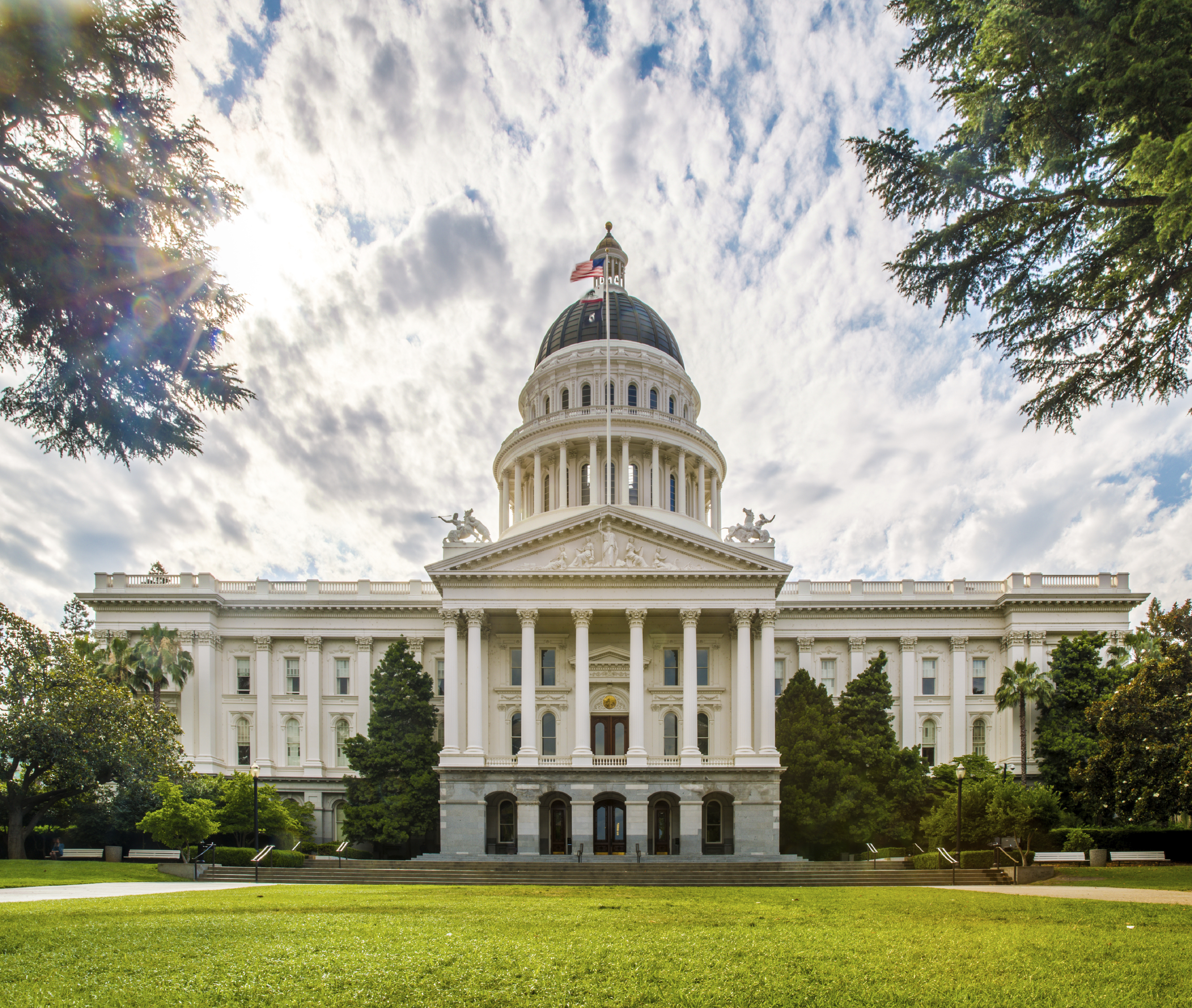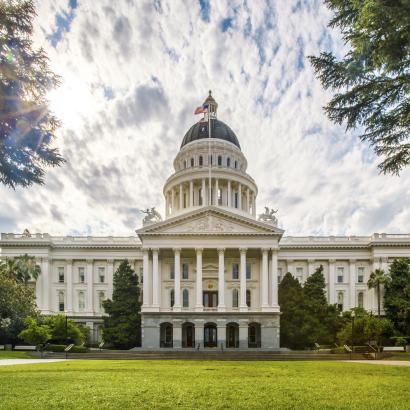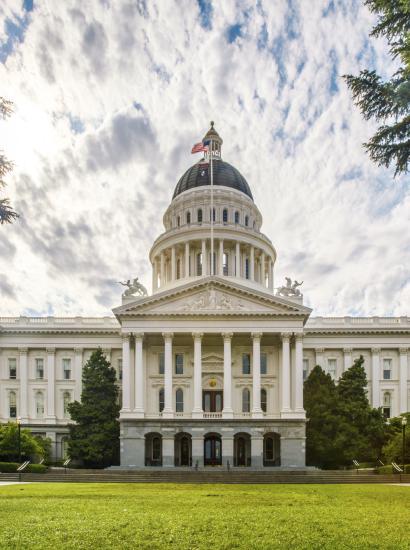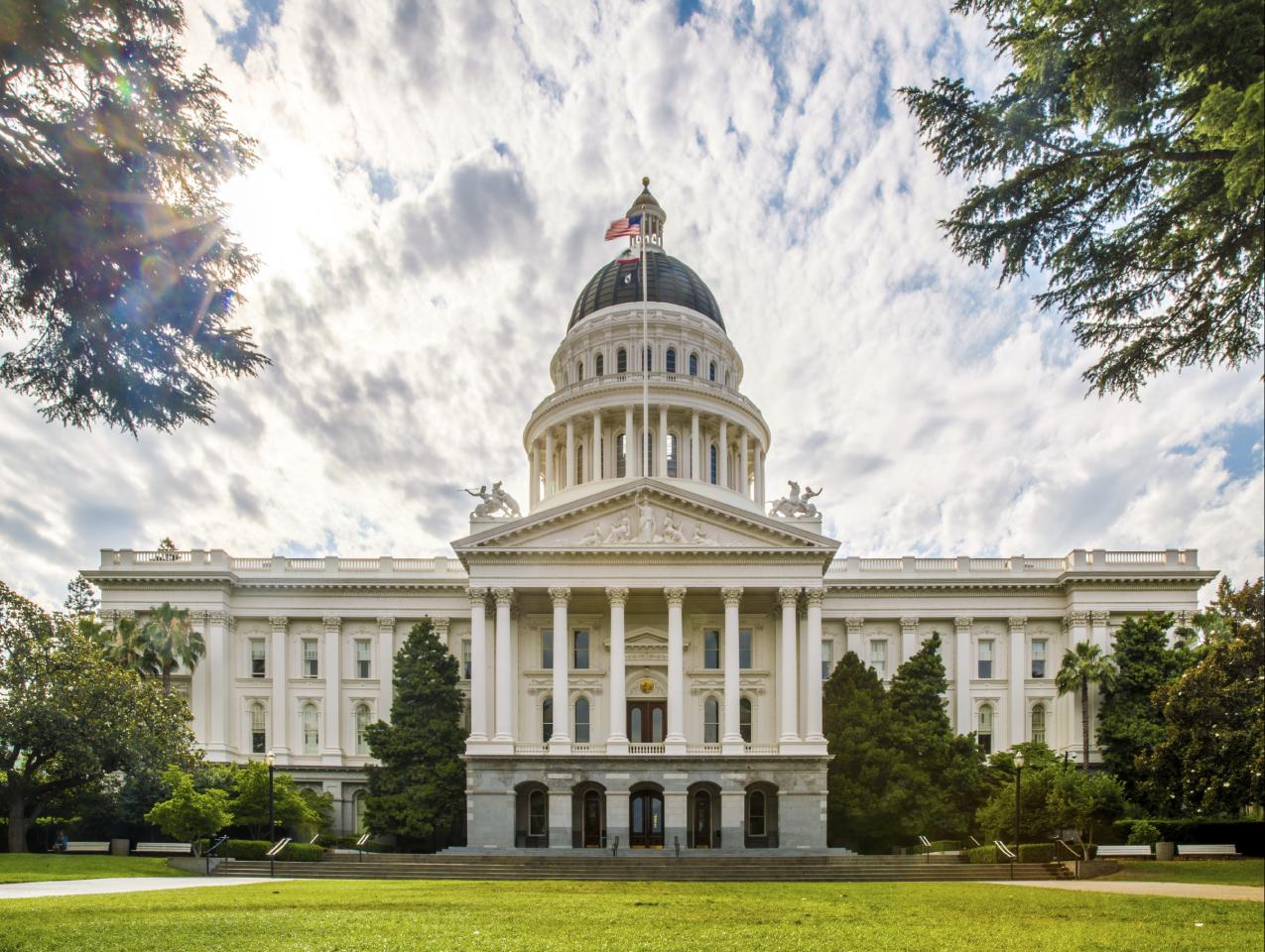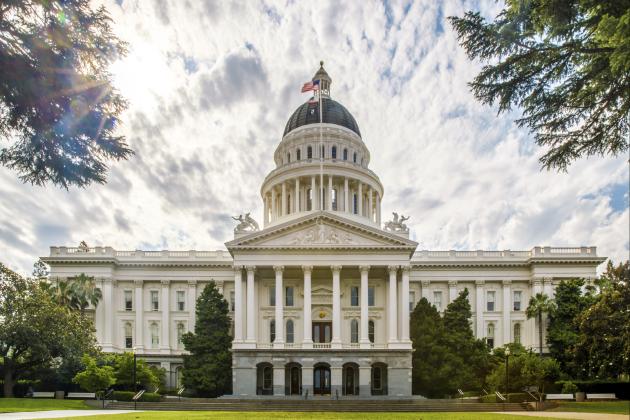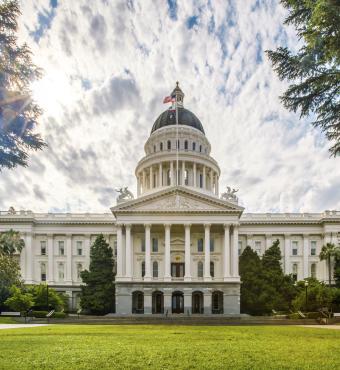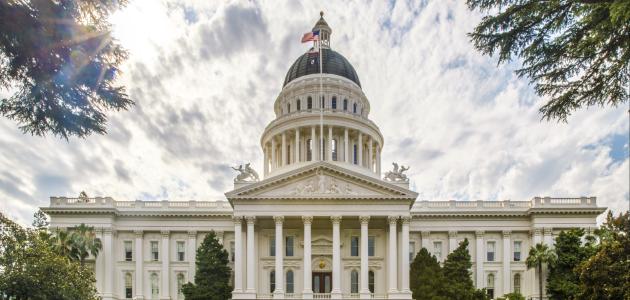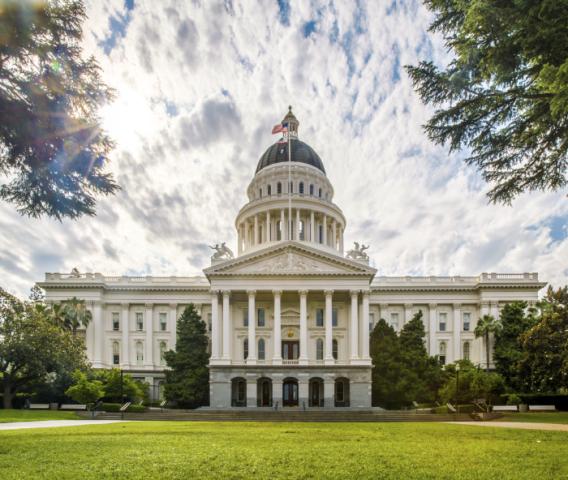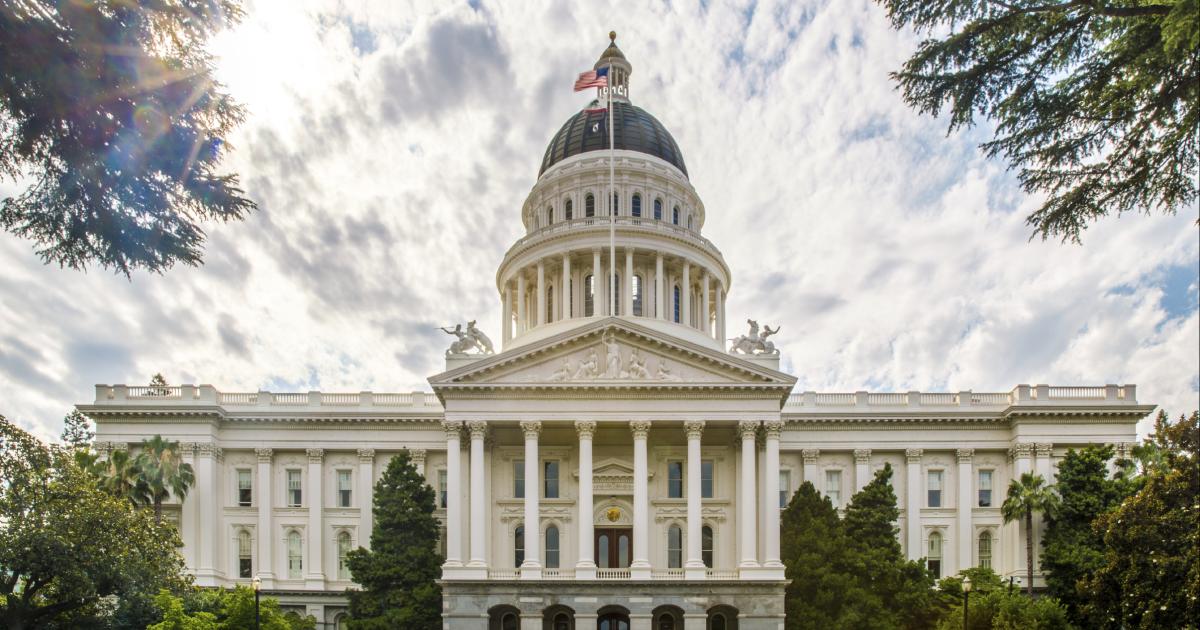- California
We’re in something of a holding pattern in California policy and politics right now—waiting to see what legislation makes its way to Governor Gavin Newsom’s desk before the state legislature adjourns at month’s end—so let’s pass the time with two concerns.
First, the news that Newsom named former Los Angeles mayor Antonio Villaraigosa to serve as the state’s point man on infrastructure—per this governor’s office press release, “working with local, state and federal leaders to identify priority projects and maximize access to federal funding across all regions of the state.”
Translation: trust Villaraigosa to make sure that all the money headed California’s way courtesy of the Inflation Reduction Act and other measures of congressional Democratic largesse falls into the right hands.
And therein lies several problems, beginning with whether Villaraigosa has the right skill set for this position. Yes, he was a two-term mayor of Los Angeles and, as such, knows how the federal money train moves from east to west. However, Villaraigosa wasn’t all that stellar an administrator during his time in LA’s City Hall, at one point tasking the financial investor Austin Beutner to be a deputy mayor, in charge of placating Los Angeles’s business community while also tending to the city’s problem children (the port, airports, and utilities)—i.e., the responsibilities of more adept, hands-on mayor.
A second concern: Villaraigosa, who turns 70 in January, may or may not still be an aspiring candidate, even if his last run for office culminated in a failed attempt at finishing in the top-two of 2018’s gubernatorial primary. With the distinct possibility of a US Senate seat up for grabs in 2024 (that’s assuming Dianne Feinstein, by then 91 years of age, retires), can Villaraigosa be trusted to help dole out money to “all regions” of California—or only to those pockets of the Golden State more likely to return the favor in a Senate primary two years from now?
While we’re on the topic of money, yet another concern: who’s paying Villaraigosa’s salary? It’s not taxpayers, but instead the nonprofit California Forward, which, as you’ll see here, has its own policy agenda (Villaraigosa reportedly is earning $175,000 for five months of work). Apparently, such discretionary money is not to be found in the Golden State’s present $308 billion budget.
Finally, one concern directed not so much at Villaraigosa but at Newsom: the governor’s tendency to attach big names to his initiatives, only to see said undertakings crash and burn. What comes to mind is Newsom’s failed Business and Jobs Recovery Task Force, headed by the hedge-fund billionaire and political activist Tom Steyer. Seven months after its inception, the task force was dissolved. In its wake, this report offered nothing of novelty to helping the Golden State through the pandemic.
Time will tell if Villaraigosa delivers as California’s new “infrastructure czar.” Meanwhile, Newsom has a difficult legislative matter to decide: this bill, authorizing pilot programs for supervised drug-injection sites in Los Angeles, Oakland, and San Francisco.
Figuring Newsom’s action—signing or vetoing the bill—is not unlike watching a roulette wheel and waiting to see where the ball lands. Where to place the bet?
The Easy Way Out. California’s governor reverts to his old jargon-laden form (a style that didn’t serve him well during his marathon COVID briefings) and signs the bill, citing a Newsom buzz phrase: ”localism is determinative.” Why’s that the easy way out? Because it’s a philosophically intoned way of saying: “The ball’s in your court, you mayors figure this out.”
Honor Thy Words. As a gubernatorial candidate in 2018, Newsom came out in favor of an injection-site pilot program in San Francisco. Well, sort of. Newsom’s exact words: “I’m very open to that. I’d like to learn more about why the governor vetoed it in terms of making what I believe is a legal argument—so I’d like to research that.” He added: “I’m not wedded to the language of the existing bill, but I am certainly very, very open to a pilot.” Interpret that as you like: Newsom could sign the current injection-site bill or veto it, citing some written technicality.
Honor Thy Father. Newsom, in mentioning the governor in that previous quote, was referring to the man he replaced in that position, Jerry Brown—born 29 years before Newsom, in theory old enough to be his father. In 2018, Brown vetoed this bill, allowing San Francisco to open safe-injection sites following a three-year pilot program, soon before leaving office. His rationale, nearly four years ago: “Fundamentally, I do not believe that enabling illegal drug use in government-sponsored injection centers—with no corresponding requirement that the user undergo treatment—will reduce drug addiction.
Further along in his veto message, Brown noted: “Our paramount goal must be to reduce the use of illegal drugs and opioids that daily enslaves human beings and wreaks havoc in our communities. California has never had enough drug treatment programs and does not have enough now. Residential, outpatient and case management—all are needed, voluntarily undertaken or coercively imposed by our courts. Both incentives and sanctions are needed. One without the other is futile.”
There’s one other consideration for Newsom and the controversy surrounding urban safe-injection sites, and it’s a crass political one: his aspirations for national office.
For all the attention surrounding other nations’ experiences with such sites and the humanitarian justification that goes with it—getting drug addicts off the street, reducing the transmission of infectious diseases—there’s the matter of optics to the viewing world beyond California (i.e., electoral “battleground” states lacking the same progressive proclivities).
In Sacramento legislative circles, Democratic sell the concept of safe drug-injection sites as “overdose prevention,” while Republicans counter with “drug dens.” How difficult would it be for an anti-Newsom independent expenditure campaign to piece together a 30-second television ad showing drug use in San Francisco and suggesting that Newsom’s embrace of safe sites was, in effect, embracing the illegal and destructive behavior—and run it over and over again in those politically competitive states most ravaged by drug overdoses, such as Ohio and Pennsylvania?
If that sounds shallow, then welcome to the world of presidential politics, where simple, stark imagery (a child plucking a daisy, the menacing image of a murderous felon getting weekend furloughs from prison) is far more powerful than an erudite policy rationales.
Or so Gavin Newsom may learn one day, if he signs on to shooting up.







